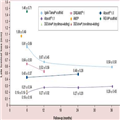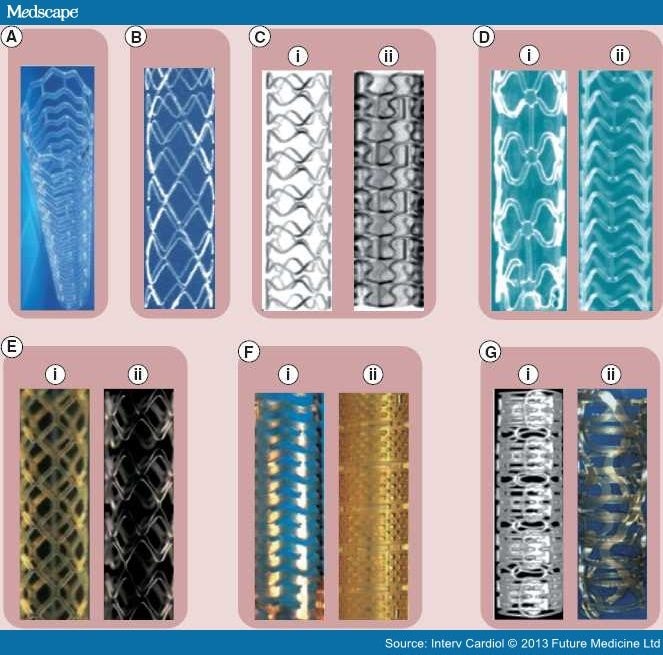Abstract and Introduction
Abstract
The introduction of metallic drug-eluting stents has reduced the risk of restenosis and widened the indications of percutaneous coronary intervention in coronary artery disease. However, the presence of a permanent metallic endoprosthesis to restore the patency of a stenotic artery has pitfalls, such as vascular inflammation, stent thrombosis and hindrance of the restoration of the physiologic function of the stented segment. Bioresorbable scaffolds were introduced to potentially overcome these limitations as they provide temporary scaffolding and then disappear, liberating the treated vessel from its cage. Currently, several bioresorbable scaffolds are available that are undergoing evaluation either in clinical trials or in preclinical settings. The aim of this review is to present the new developments in bioresorbable scaffold technology, describe its clinical application and discuss the potential future prospects of this innovative therapy.
Introduction
The clinical introduction of bioresorbable scaffolds (BRSs) was announced as the fourth revolution in interventional cardiology due to a paradigm shift. These devices have the unique ability to provide a temporary scaffold that is necessary to maintain the patency of the vessel after intervention, before they gradually dissolve, liberating the vessel from its cage, and permitting the restoration of vascular physiology and integrity.[1,2] Another potential advantage of BRSs is to allow, after resorbtion, surgical revascularization of the treated segment, whereas traditional stents often preclude this option. Thus, it is expected that BRSs will potentially overcome the limitations of traditional stents, such as the risk of late stent thrombosis, neoatherosclerosis and the local inflammation caused by the presence of a foreign body.[3,4]
Over the last 10 years, considerable efforts have been made to develop new, fully bioresorbable devices. Currently, BRS technology has gradually matured and there are numerous devices available that are undergoing preclinical or clinical testing (Table 1). The aim of this review is to describe the advances in this field (Figure 1), present the evidence stemming from the evaluation of available BRSs, and provide a synopsis of the ongoing clinical trials designed to examine the effectiveness of these devices in the clinical arena (Figure 2).
Figure 1.
Time-related late lumen loss of bioresorbable vascular scaffolds in clinical trials.
Values are given as the mean ± standard deviation.
Figure 2.
Bioresorbable vascular scaffolds currently available in clinical trials.
(A) DESolve® BRS (Elixir, CA, USA); (B) Igaki-Tamai® scaffold (Kyoto Medical Planning Co., Ltd, Kyoto, Japan); (C; i) AMS® and (ii) DREAMS 1.0® absorbable metallic scaffold (Biotronik, Berlin, Germany); (D; i) Absorb® 1.0 and (ii) Absorb 1.1 BRS (Abbott Vascular, CA, USA); (E; i) ART® I and (ii) ART II BRS (Arterial Remodeling Technologies, Noisy le Roi, France) (F; i) Ideal® I and (ii) Ideal II scaffolds (Xenogenics Corporation, MA, USA); and (G; i) REVA® I and (ii) REVA II (REVA Medical Inc., CA, USA).
Interv Cardiol. 2013;5(6):639-646. © 2013 Future Medicine Ltd.













